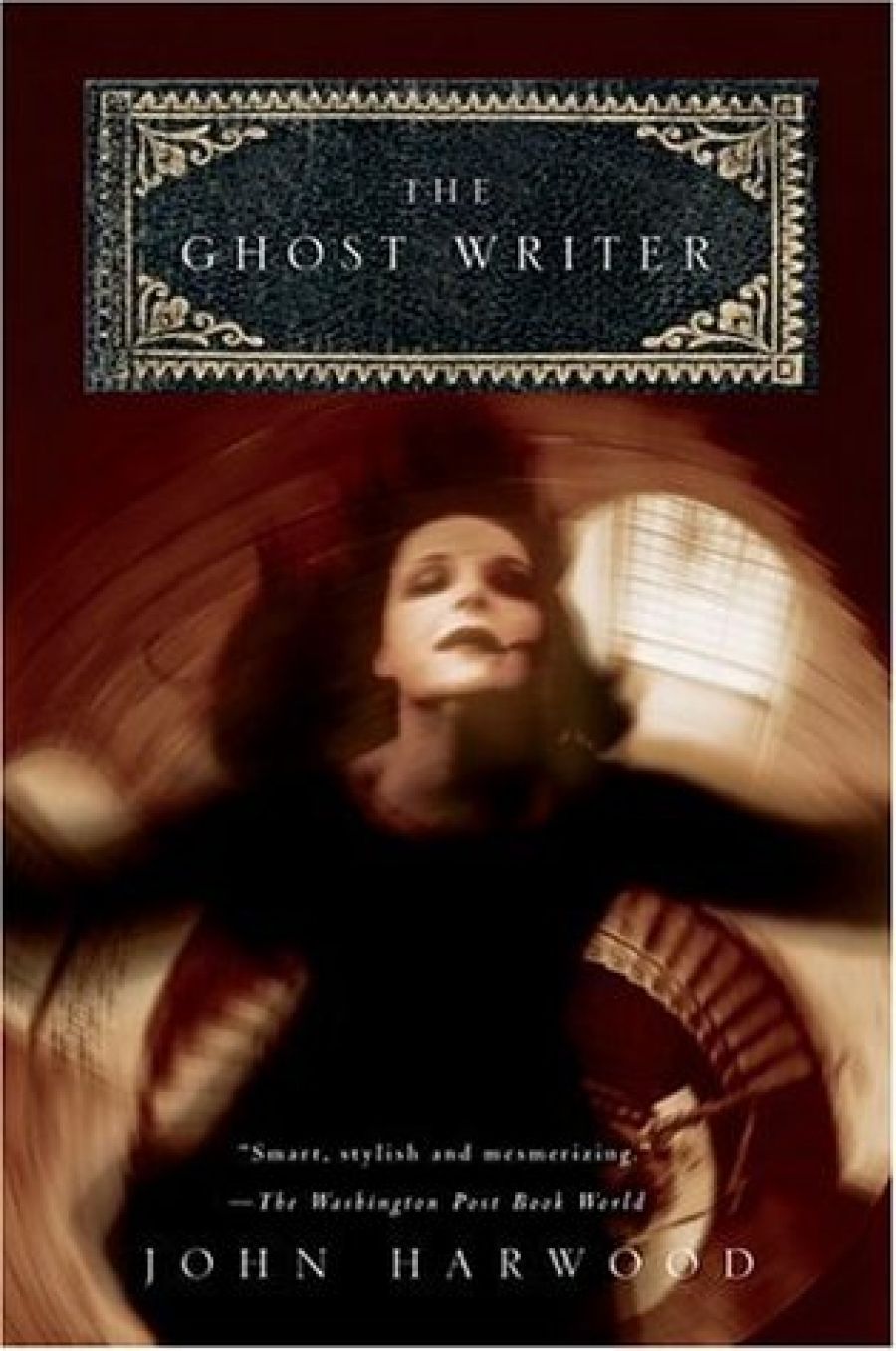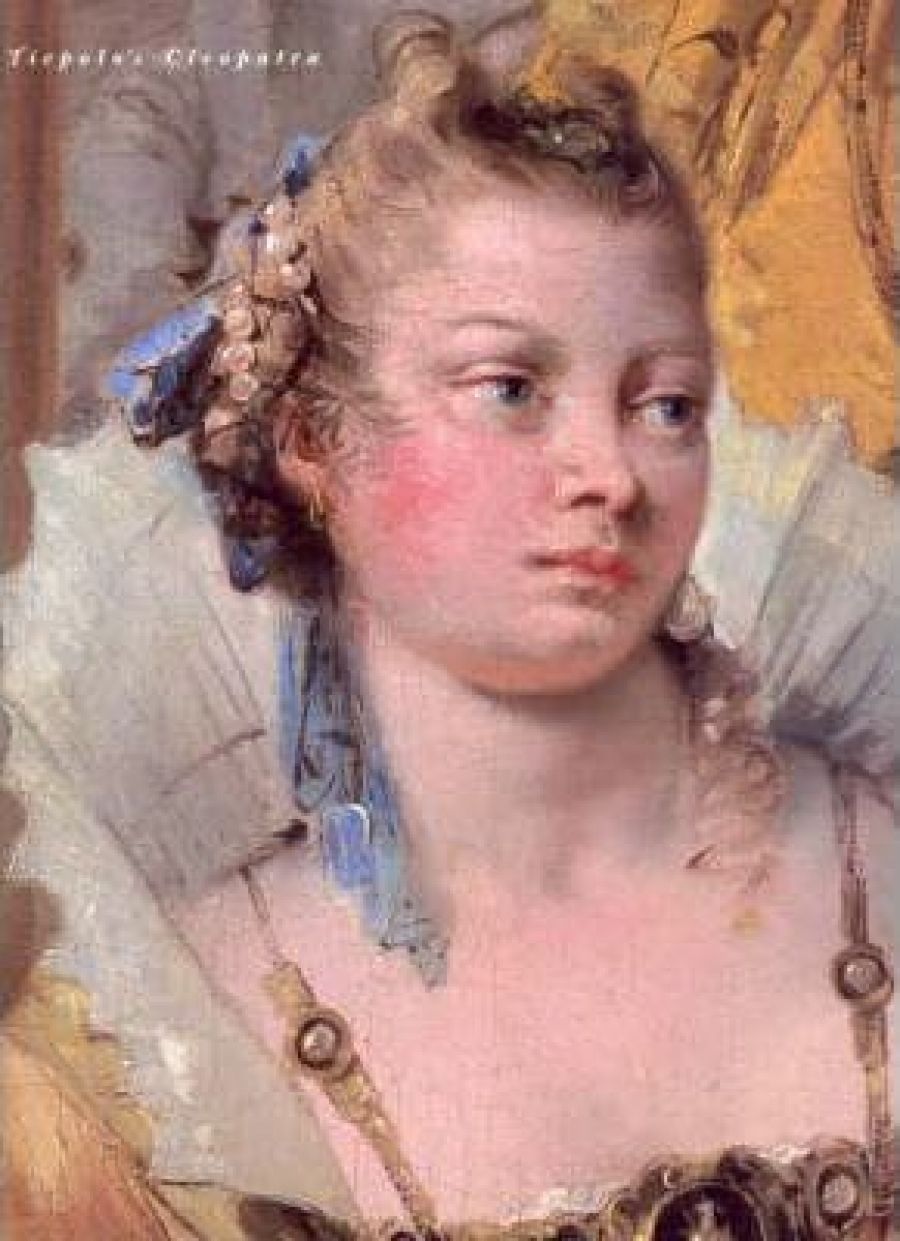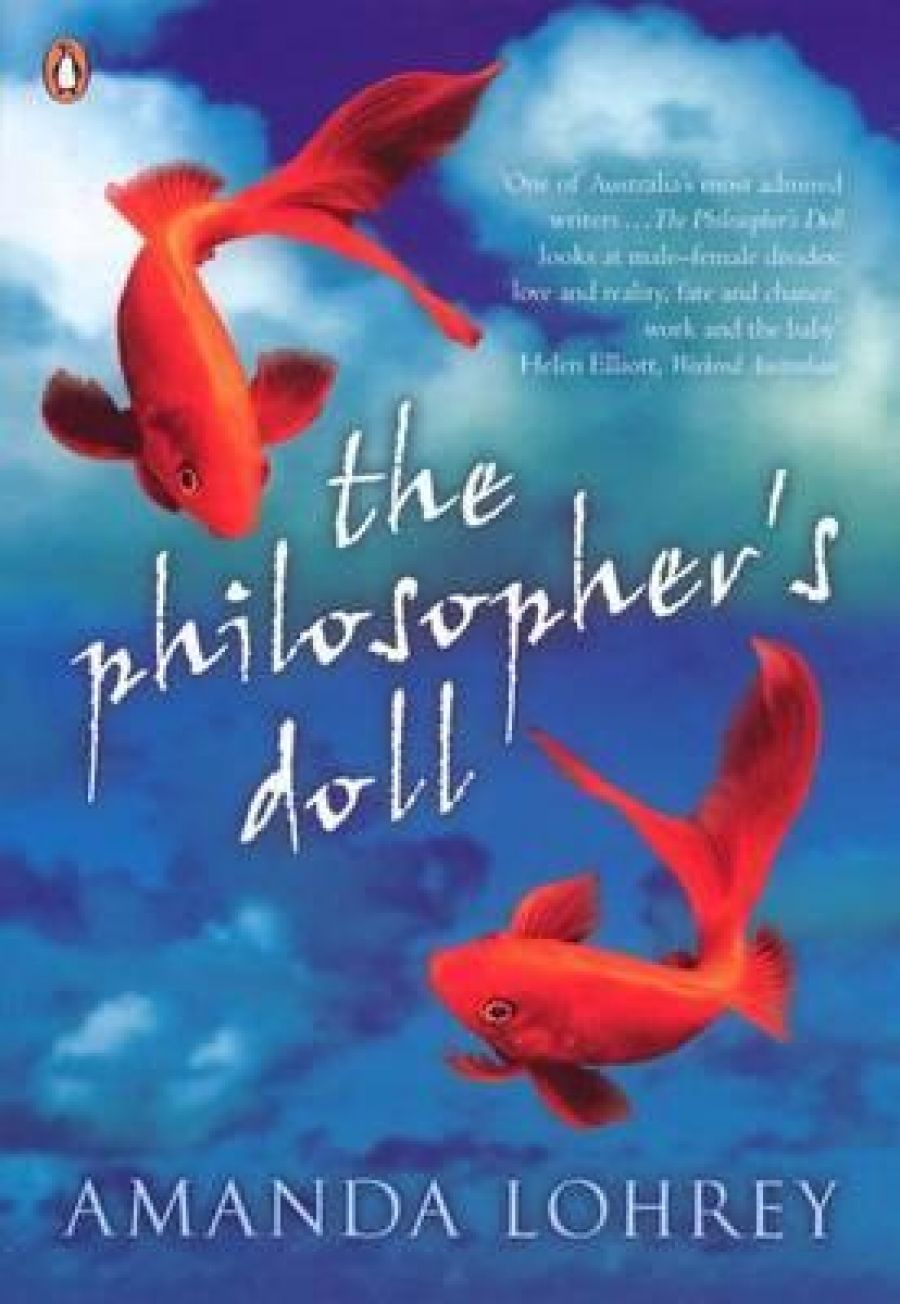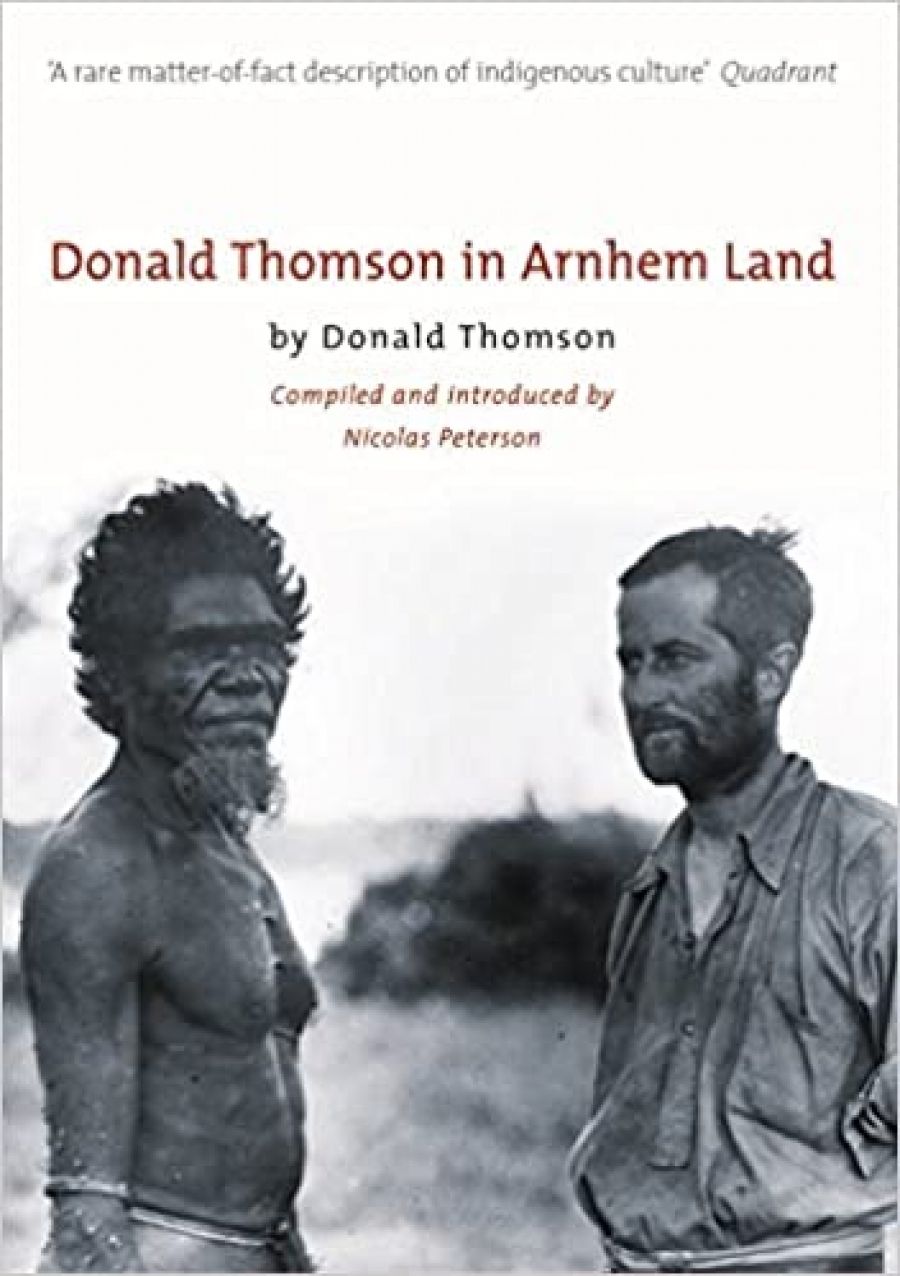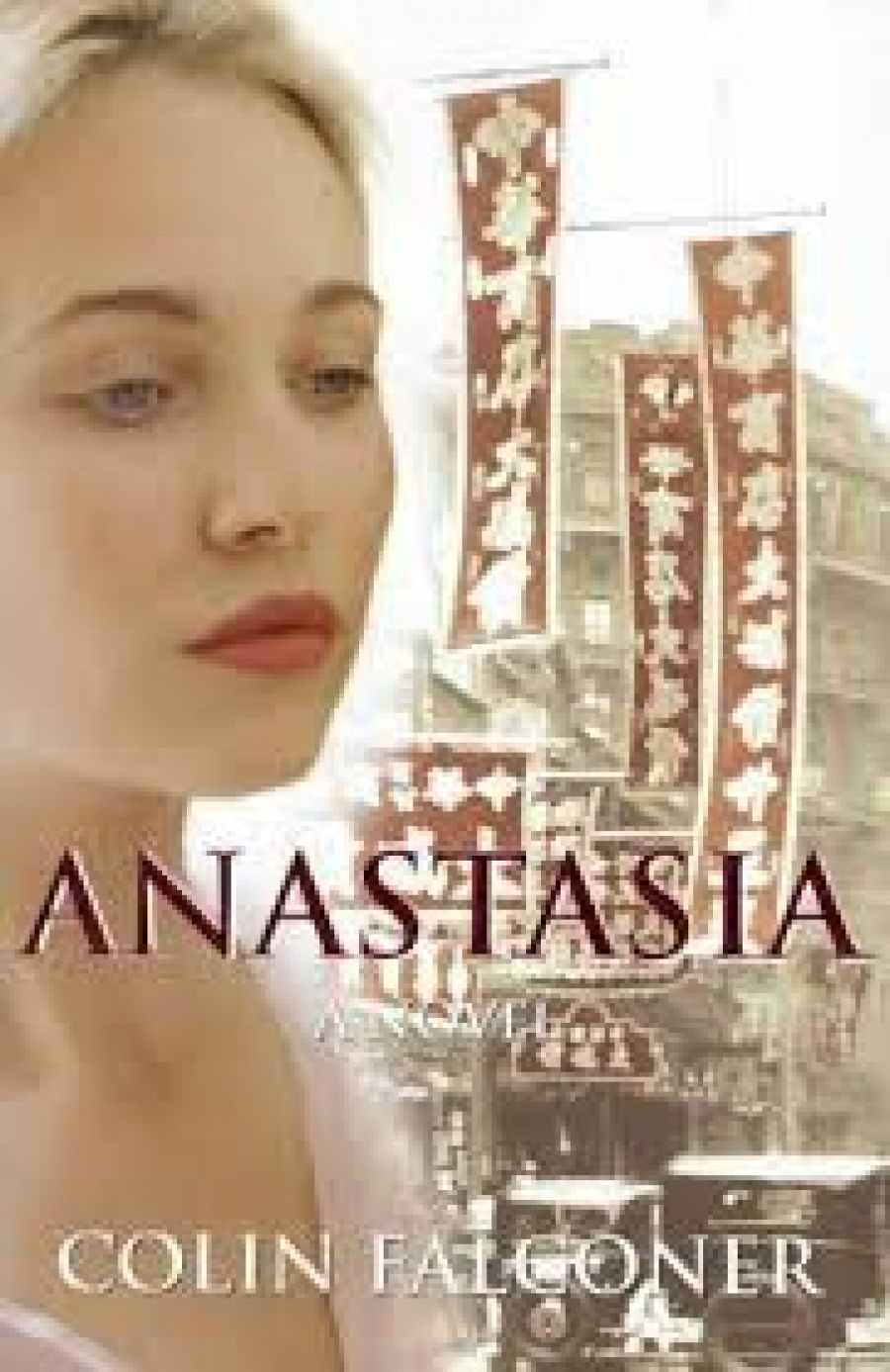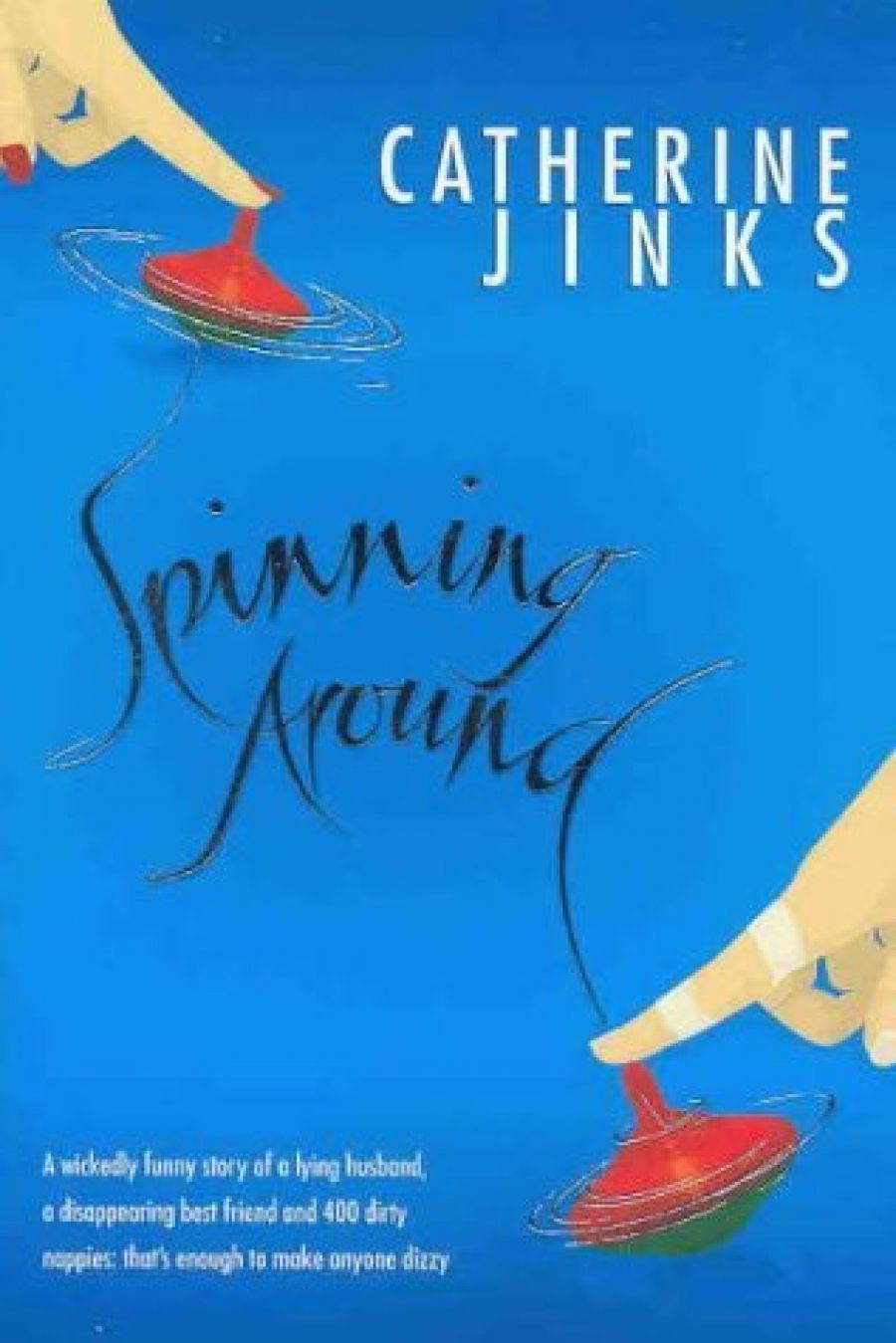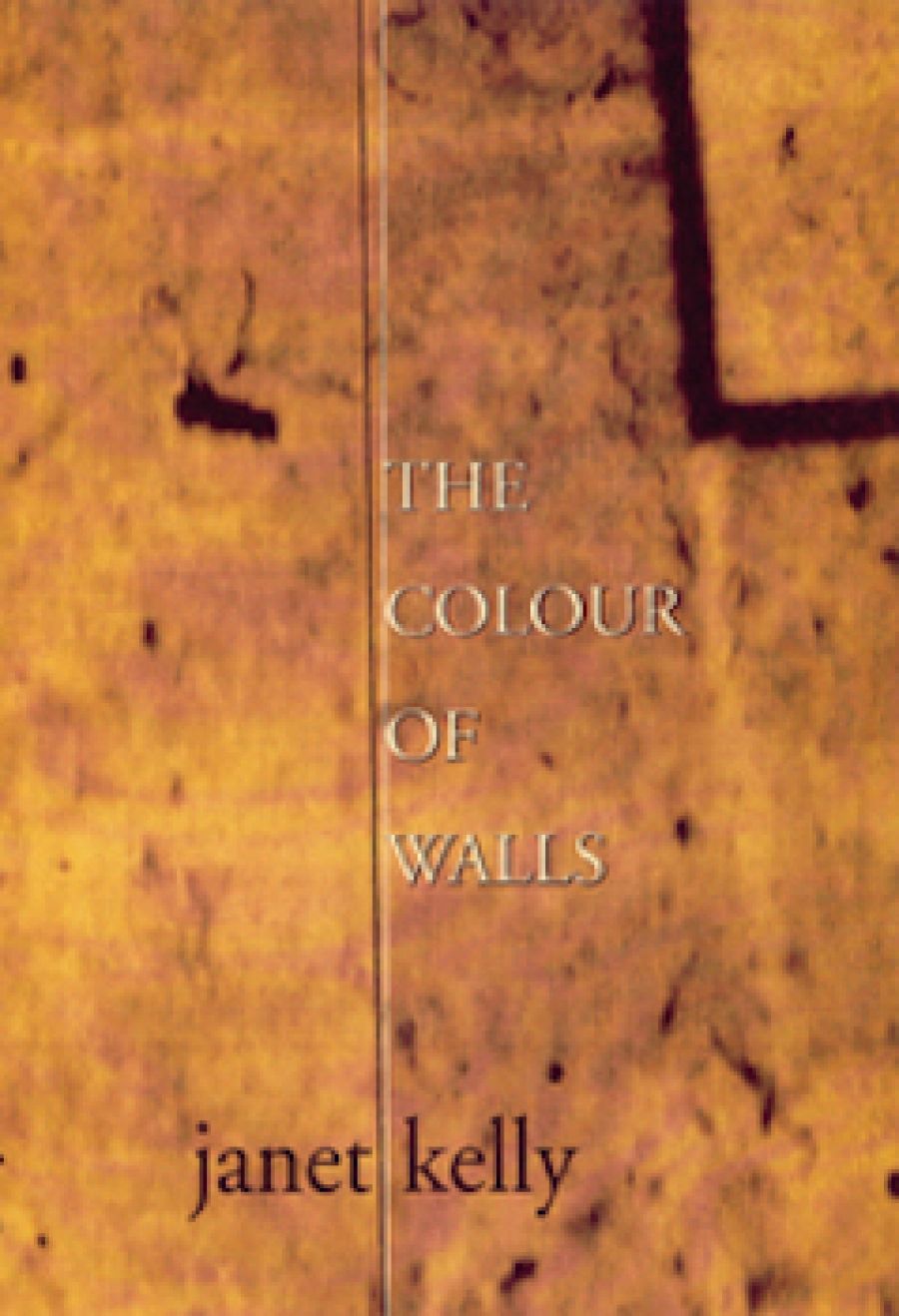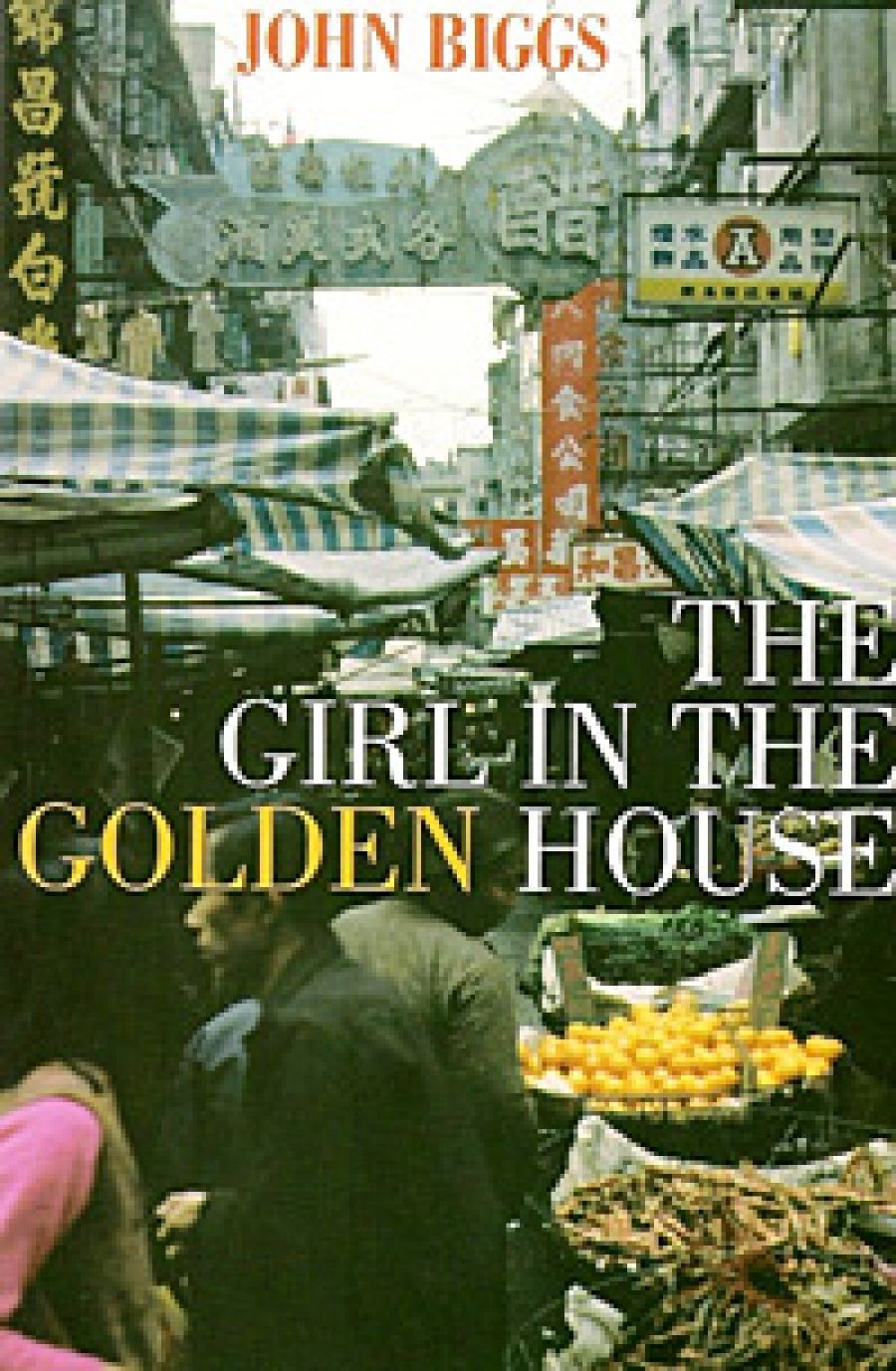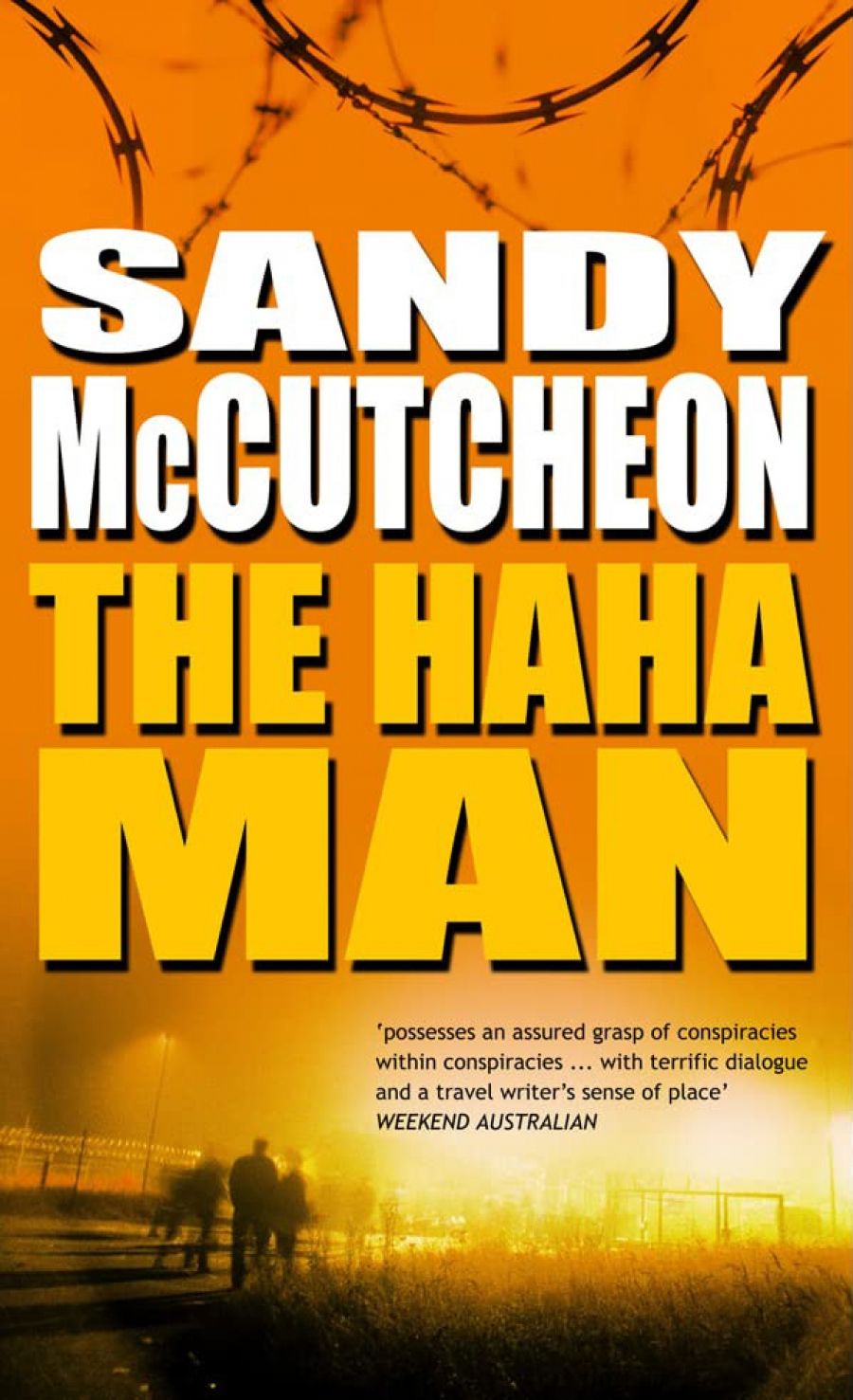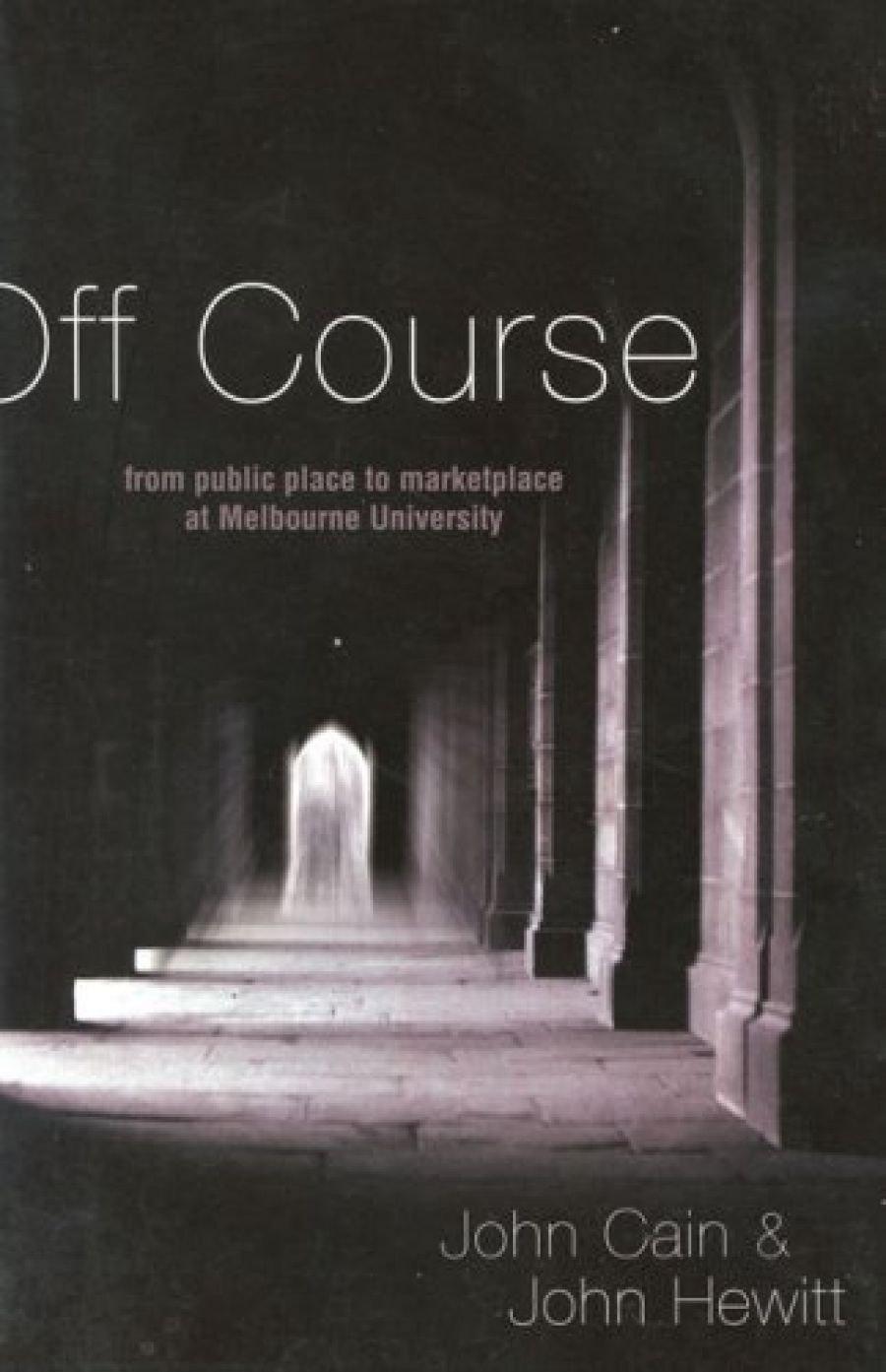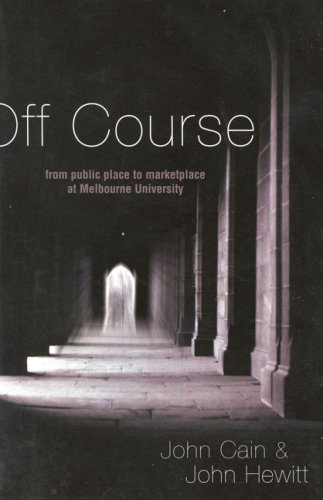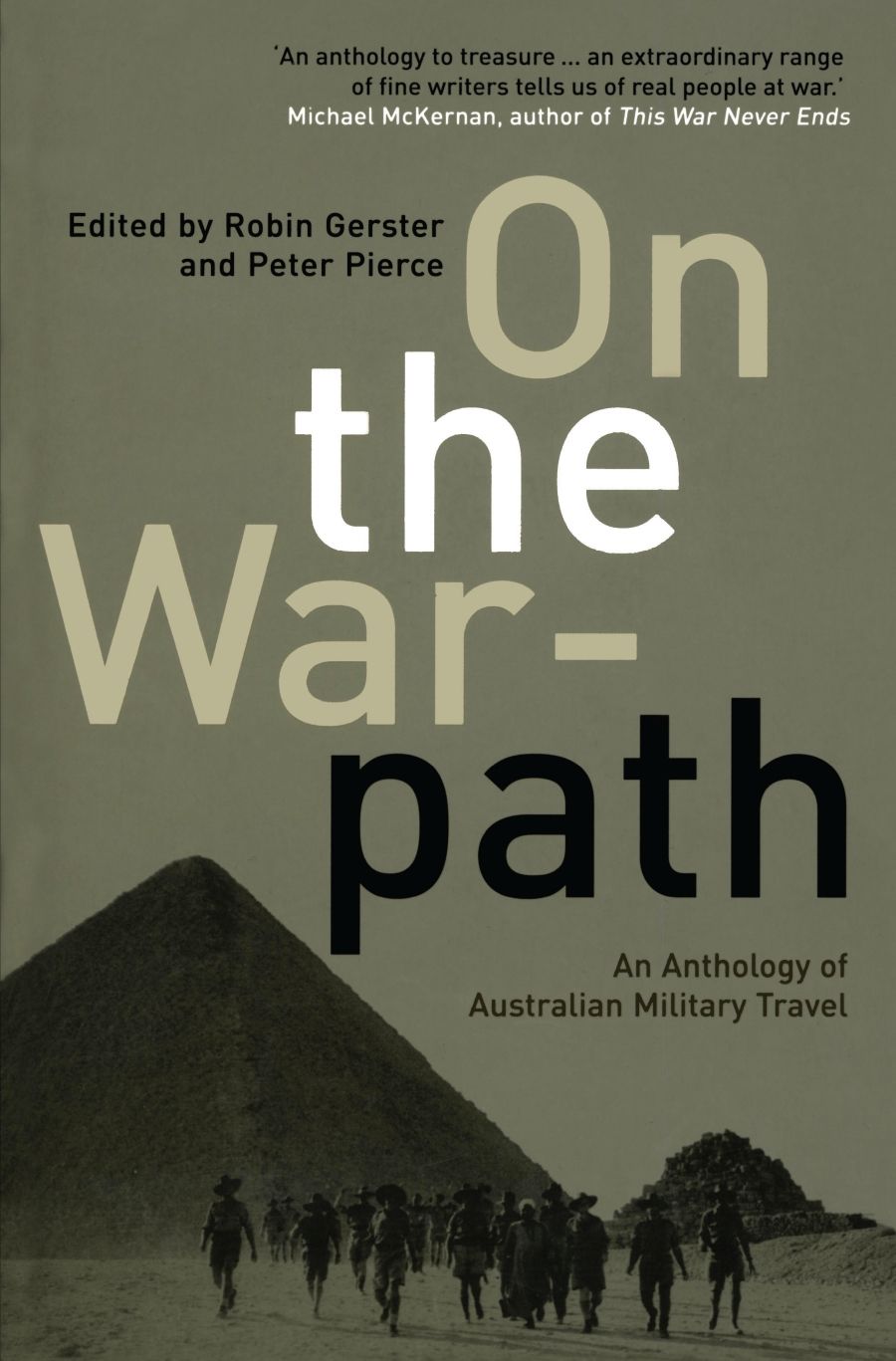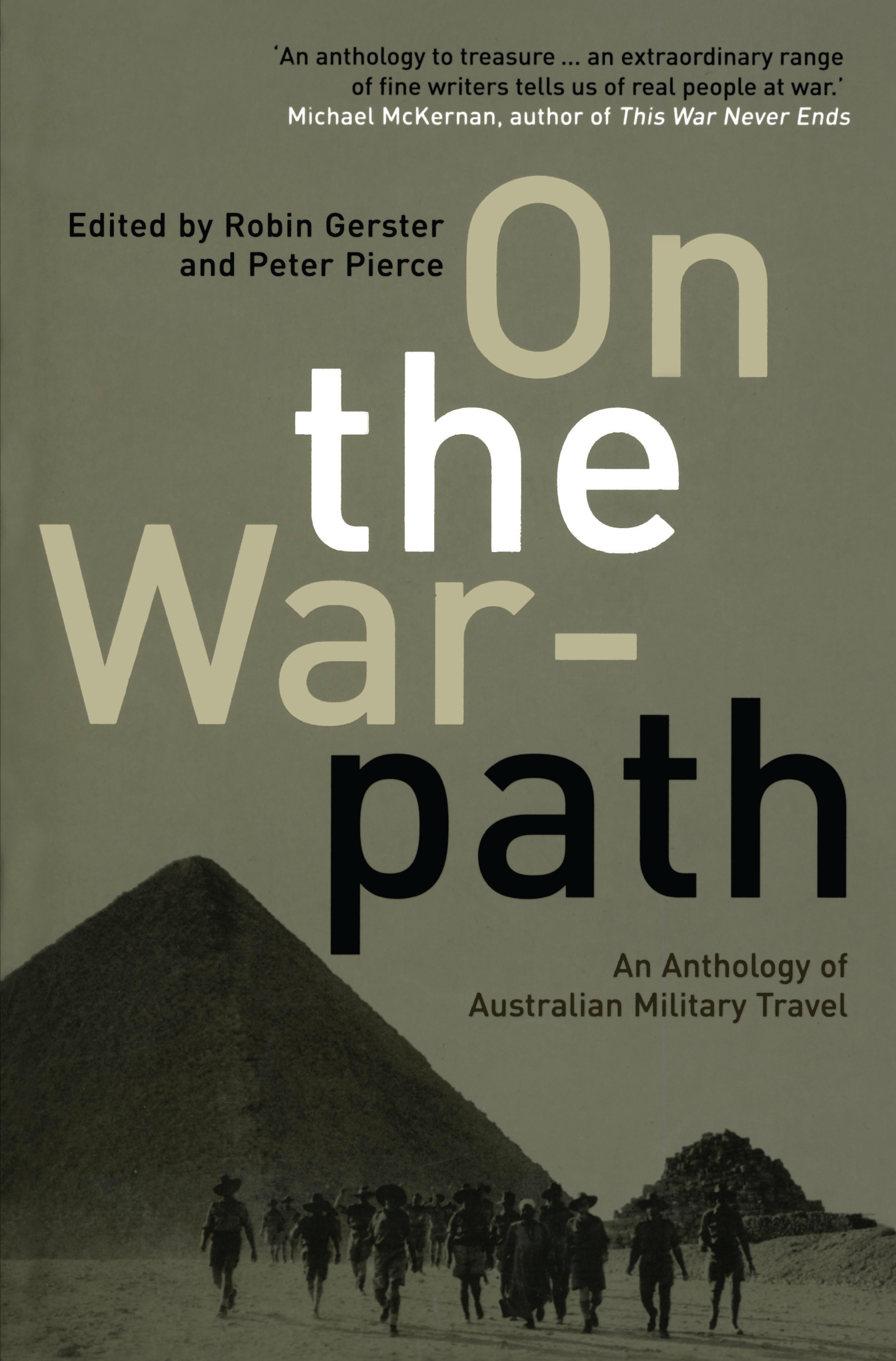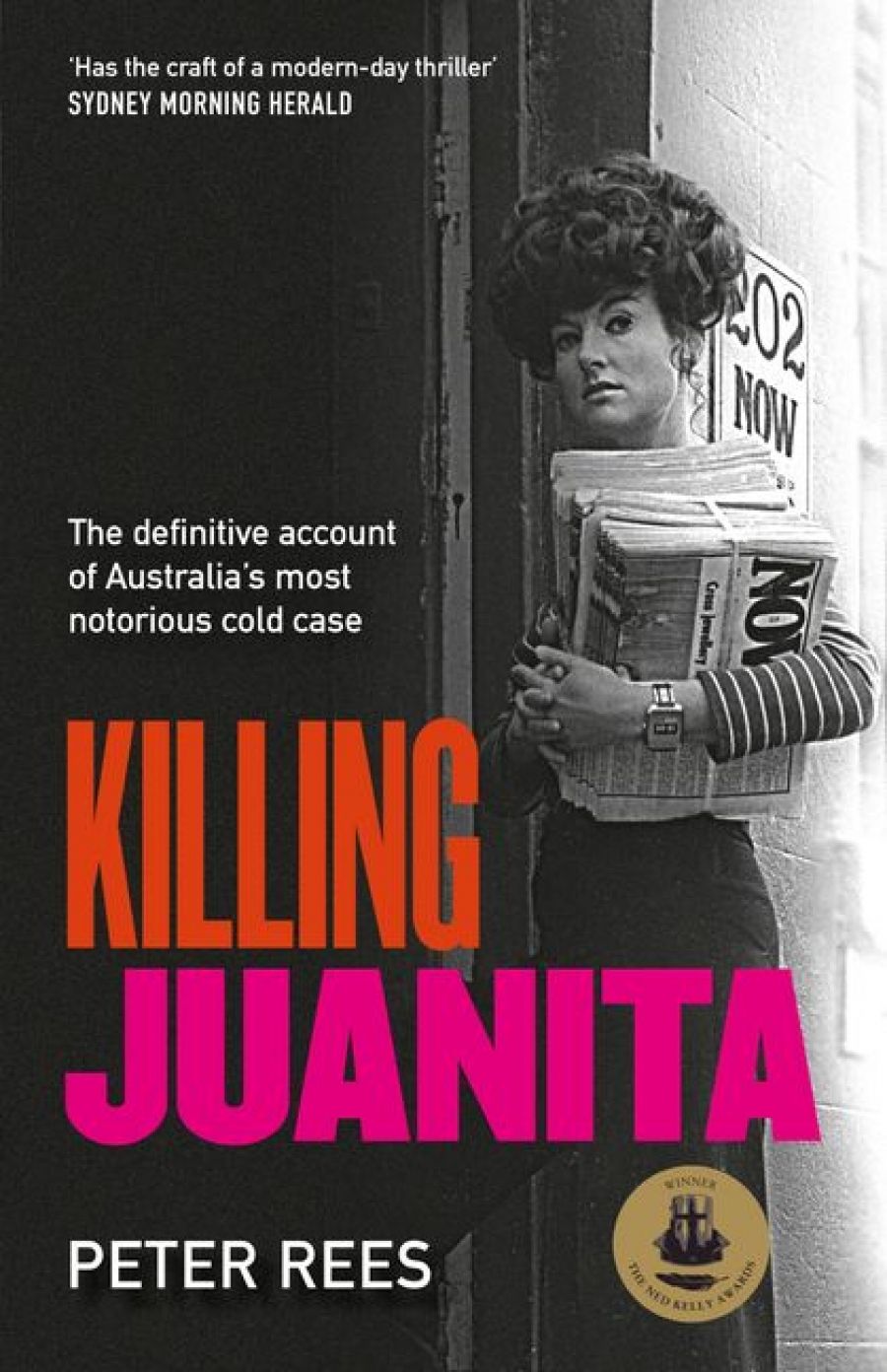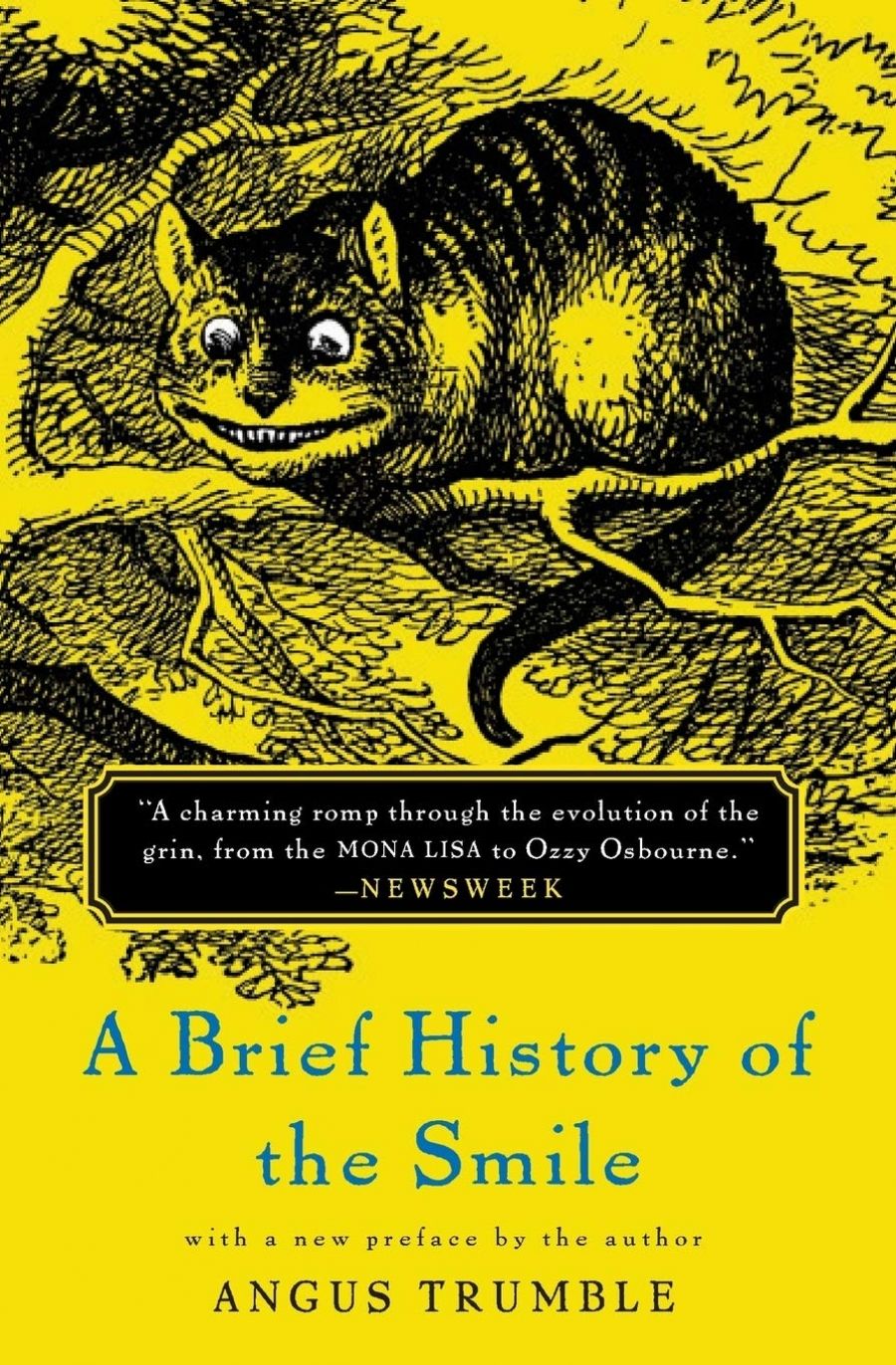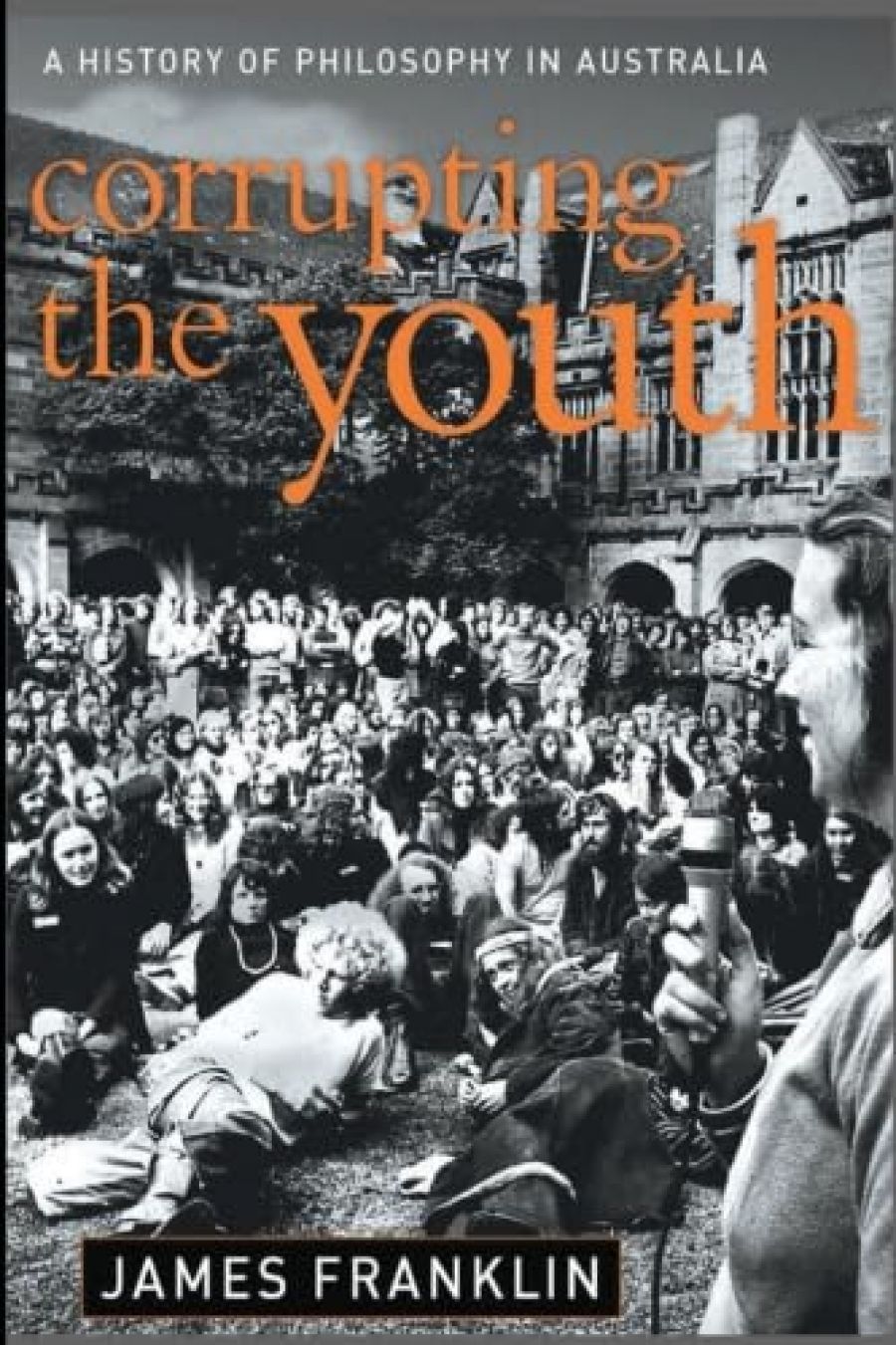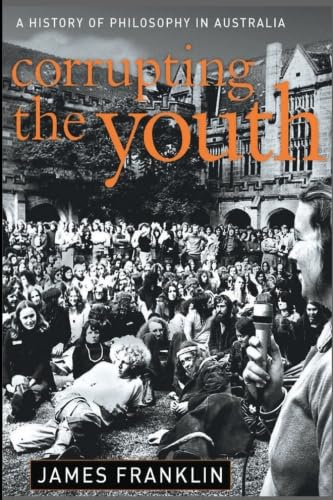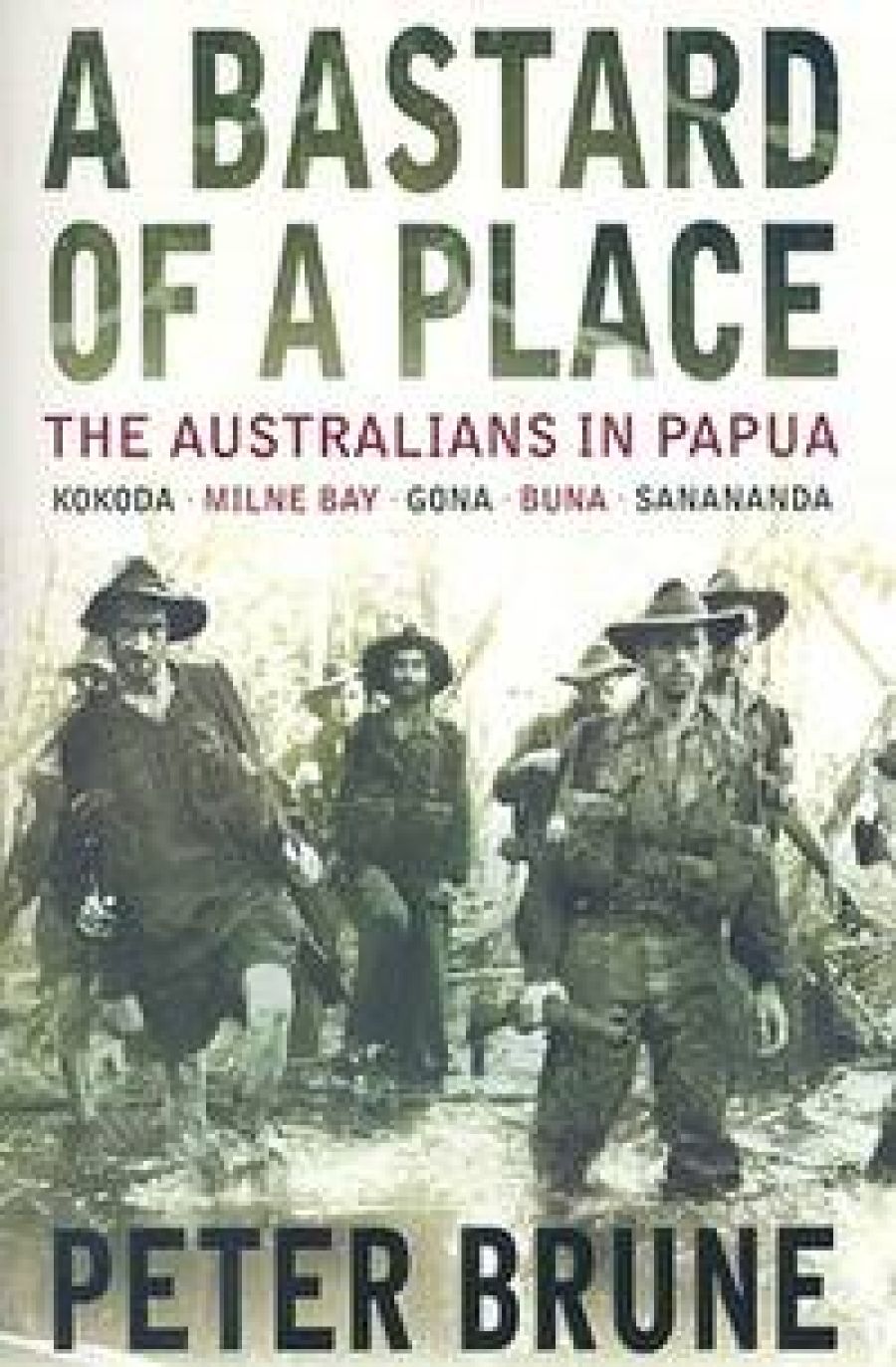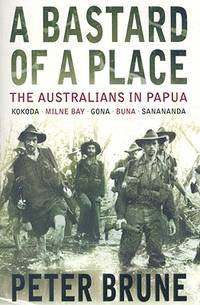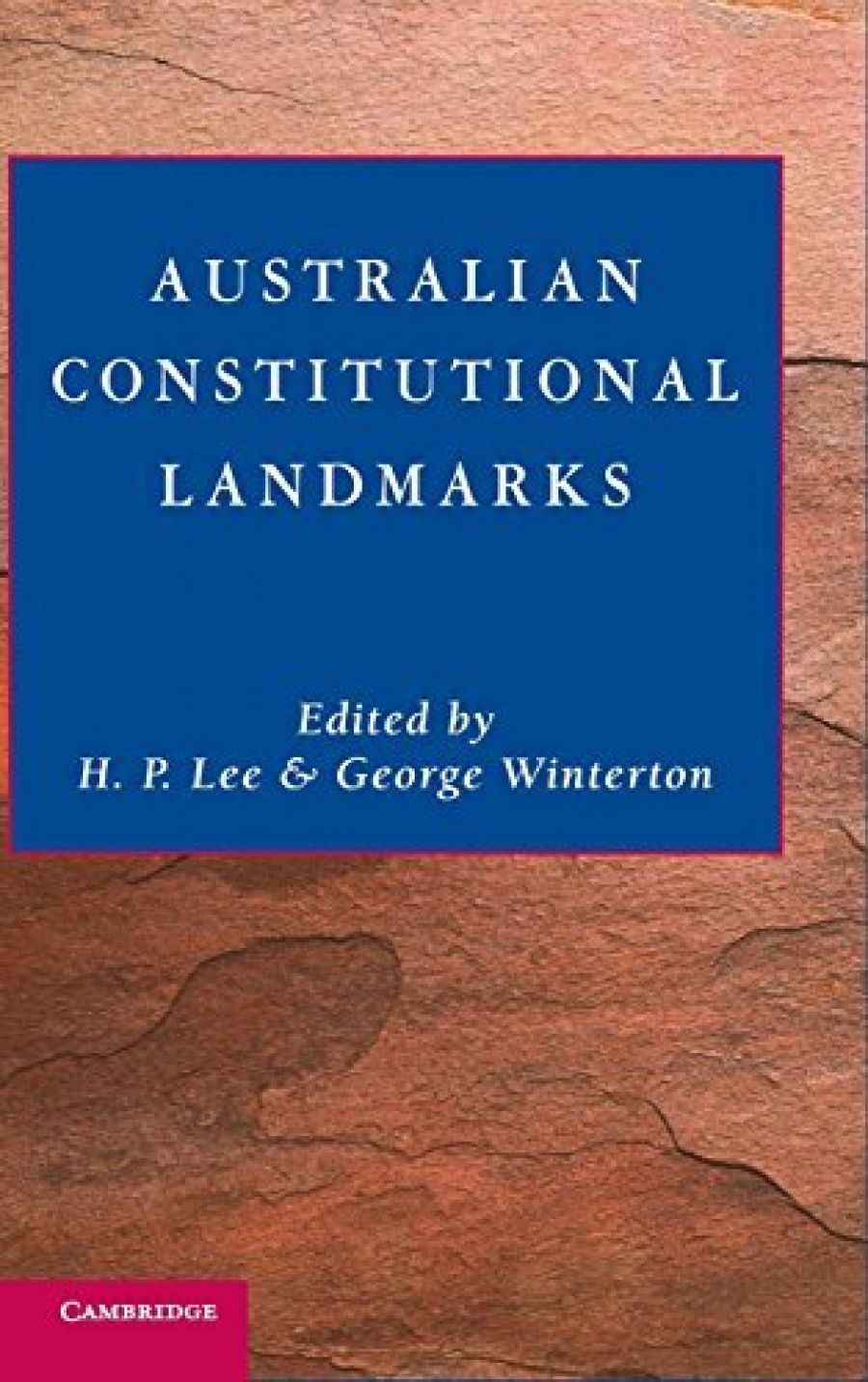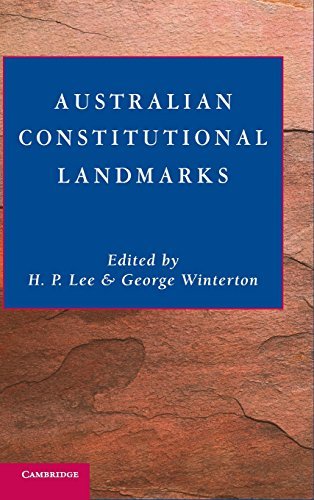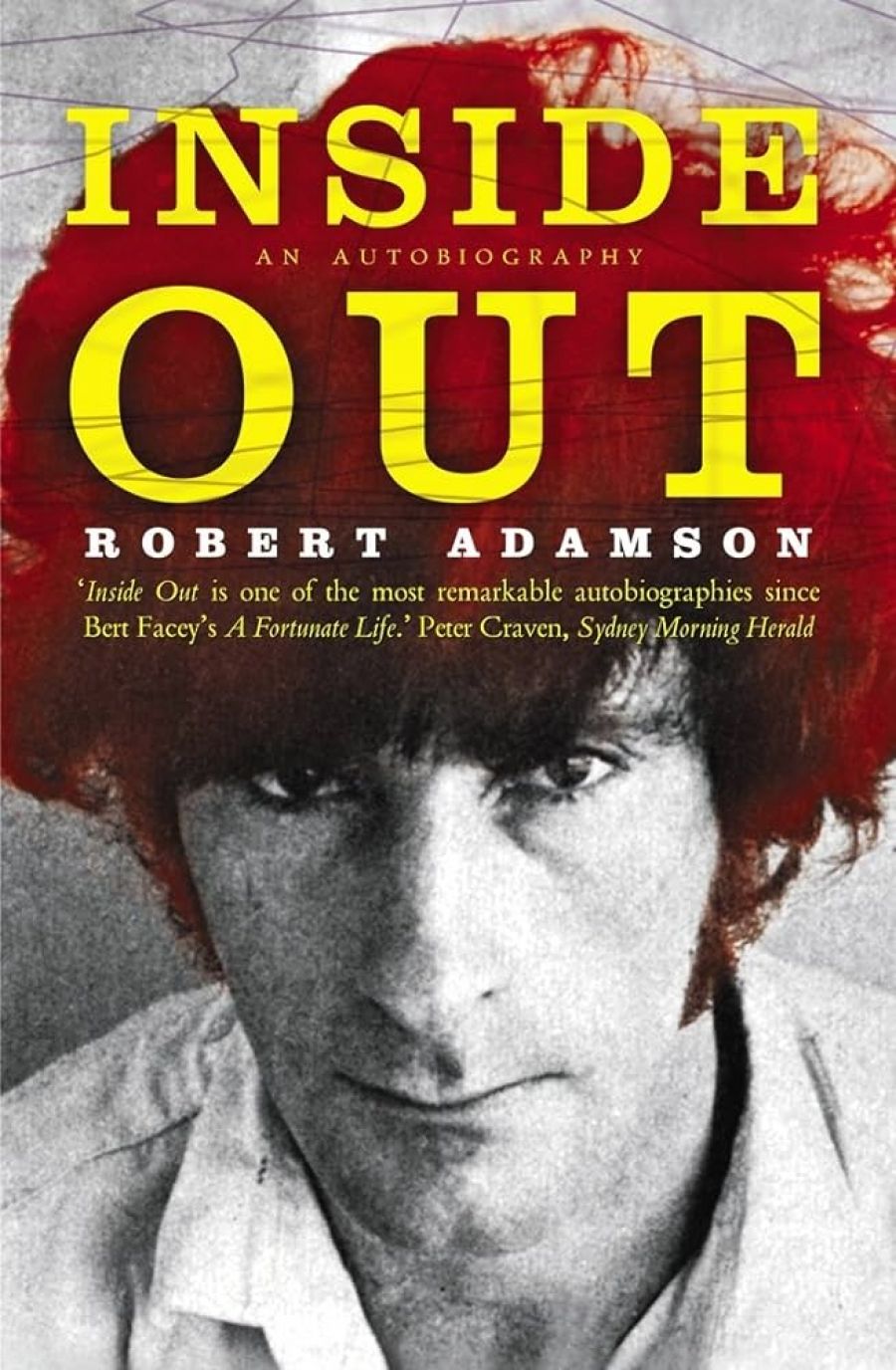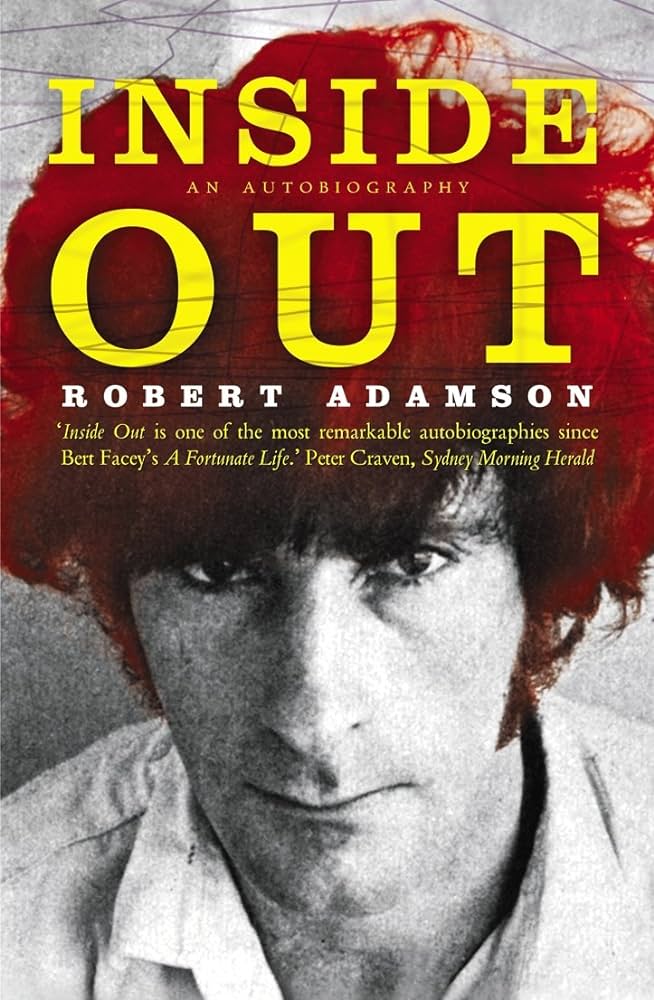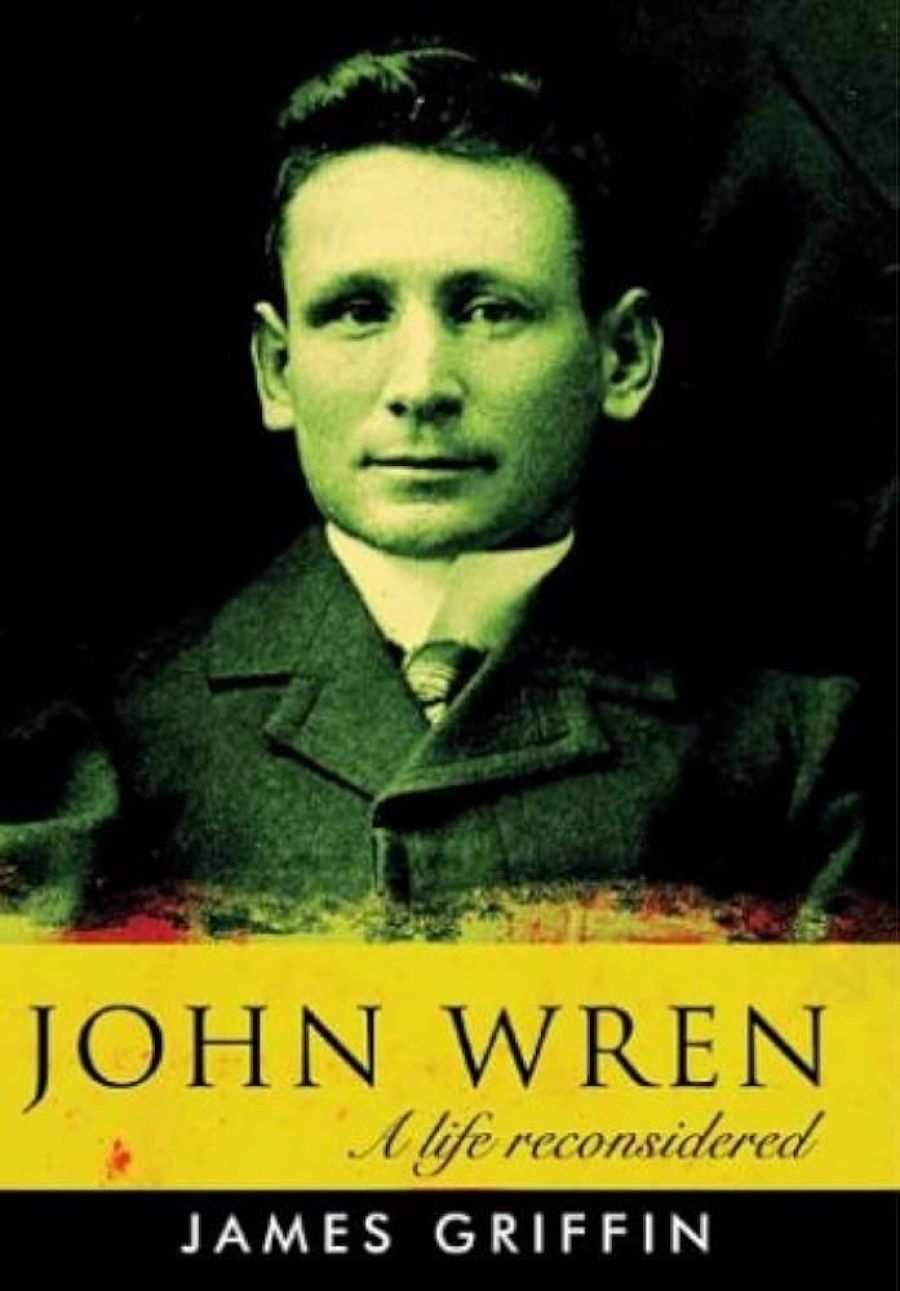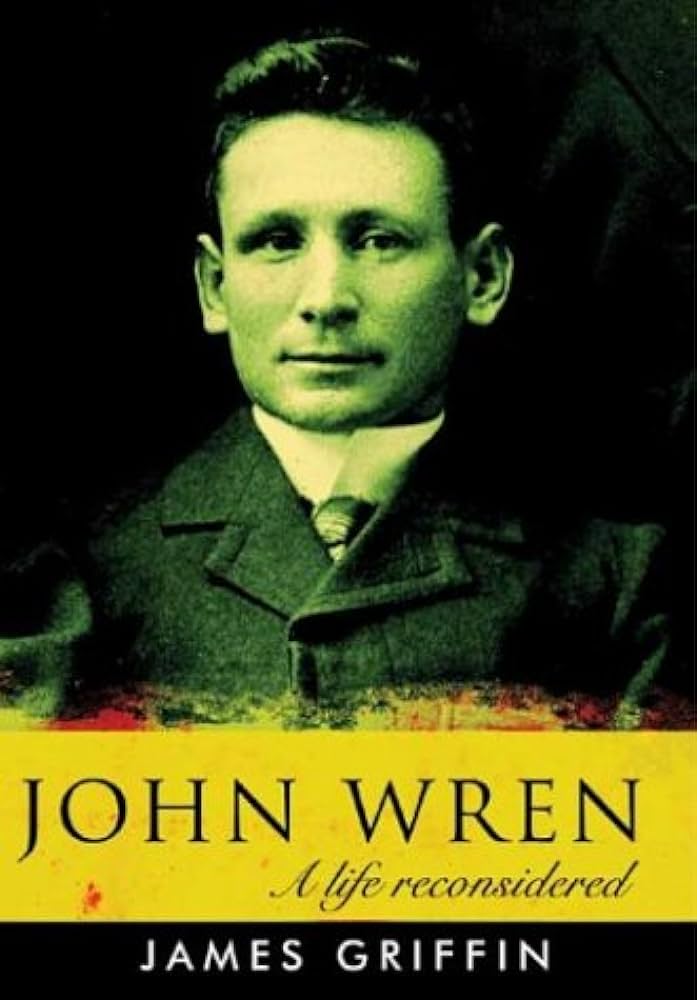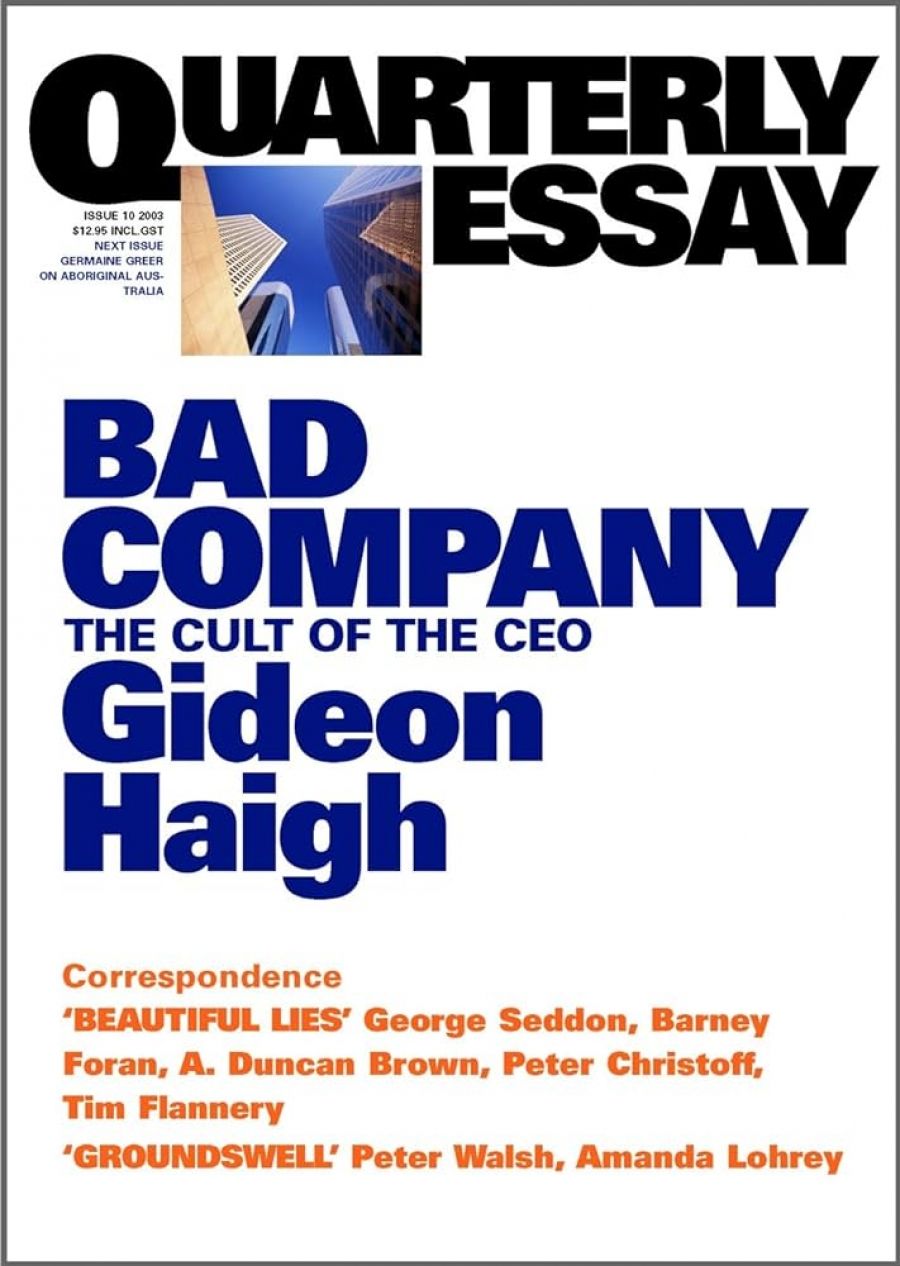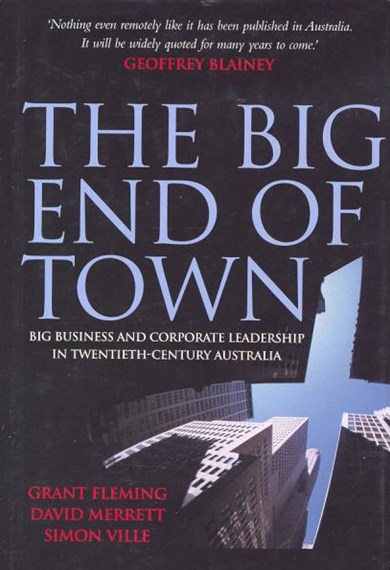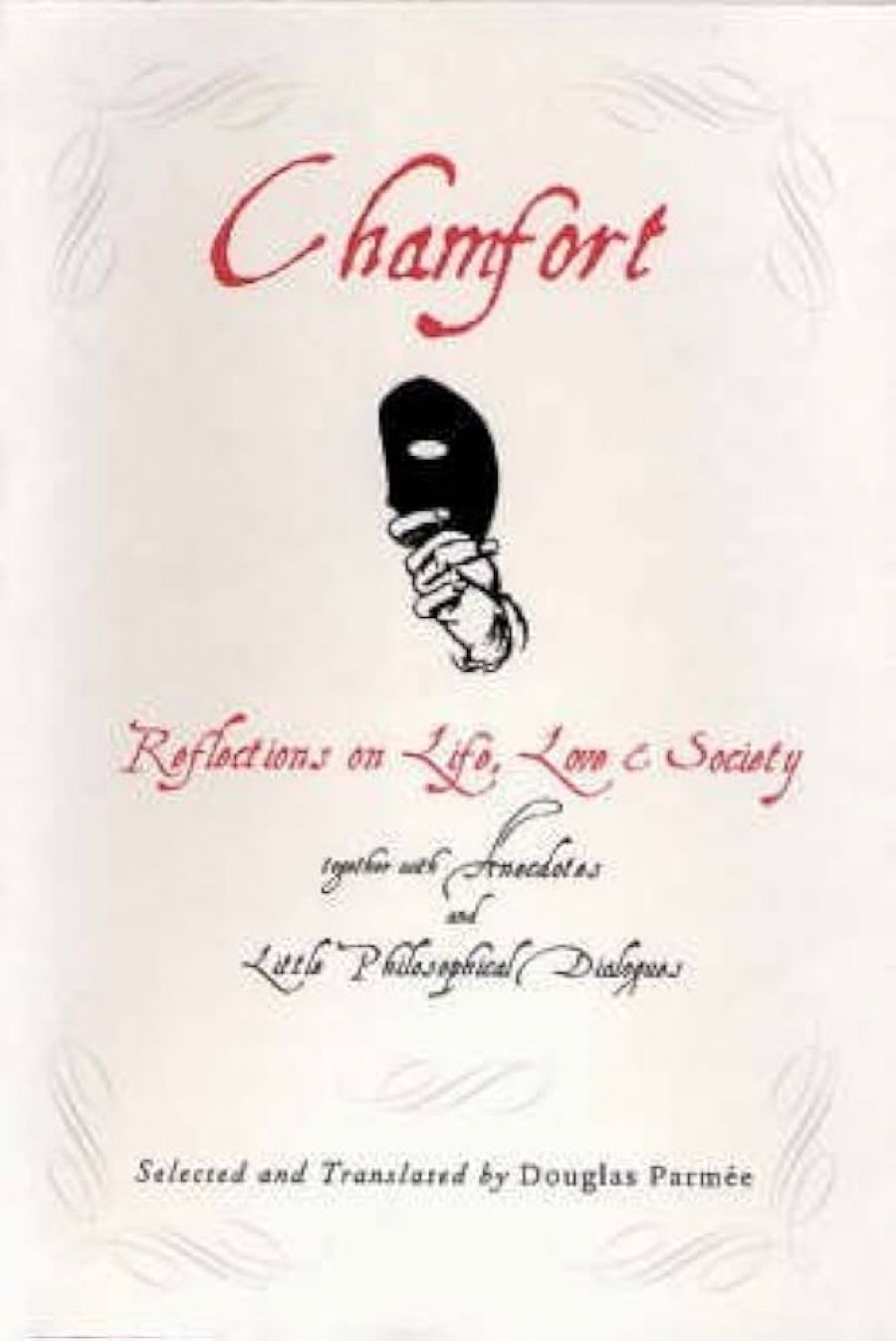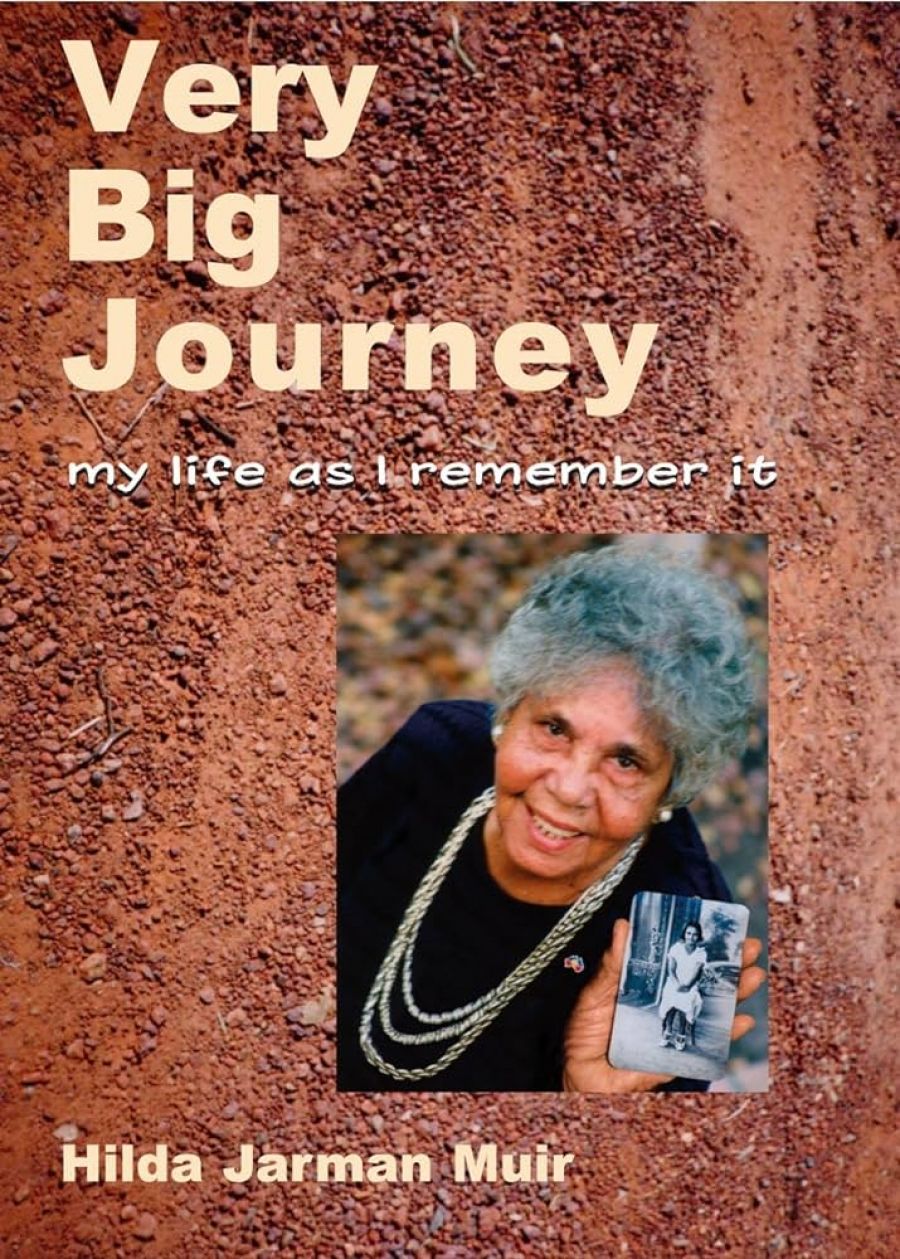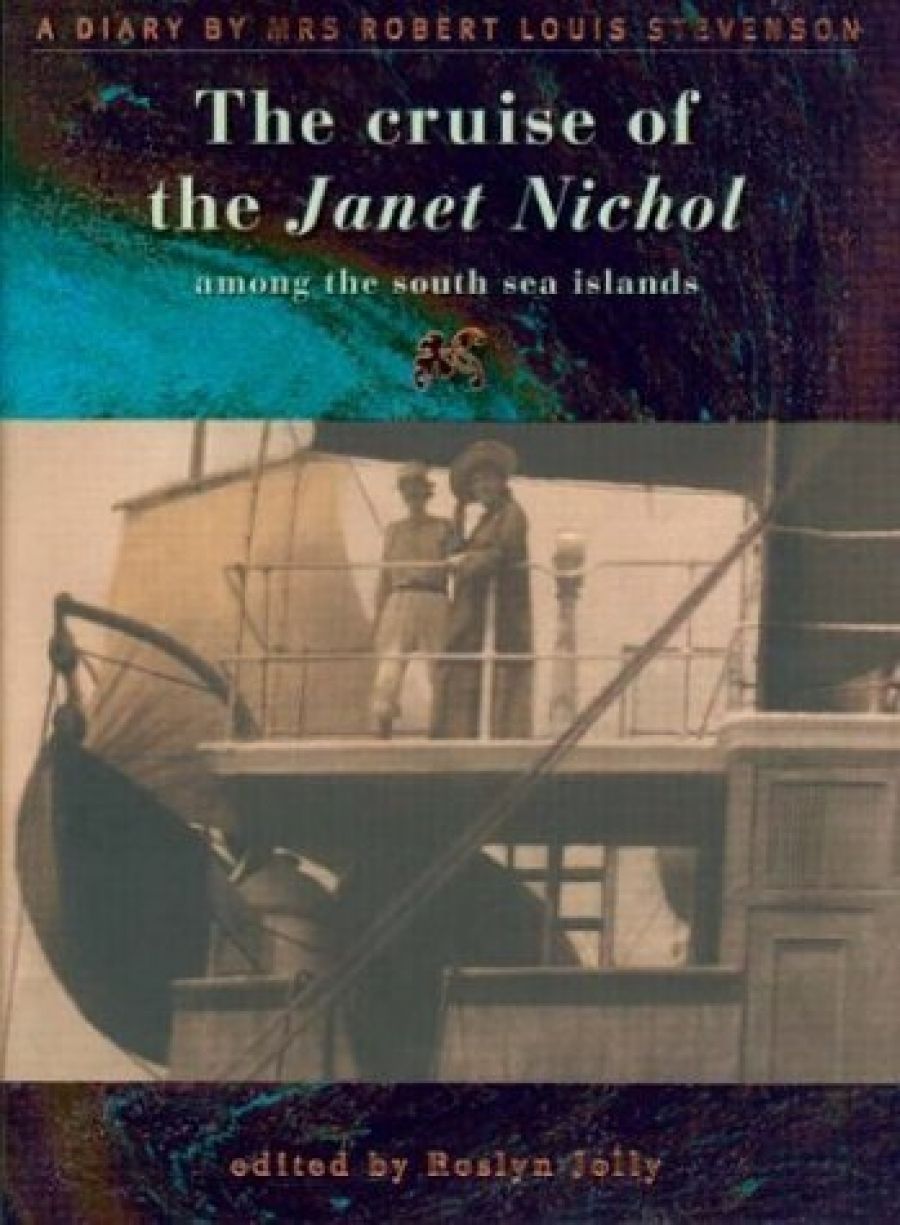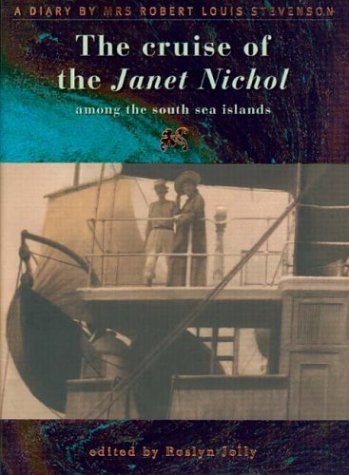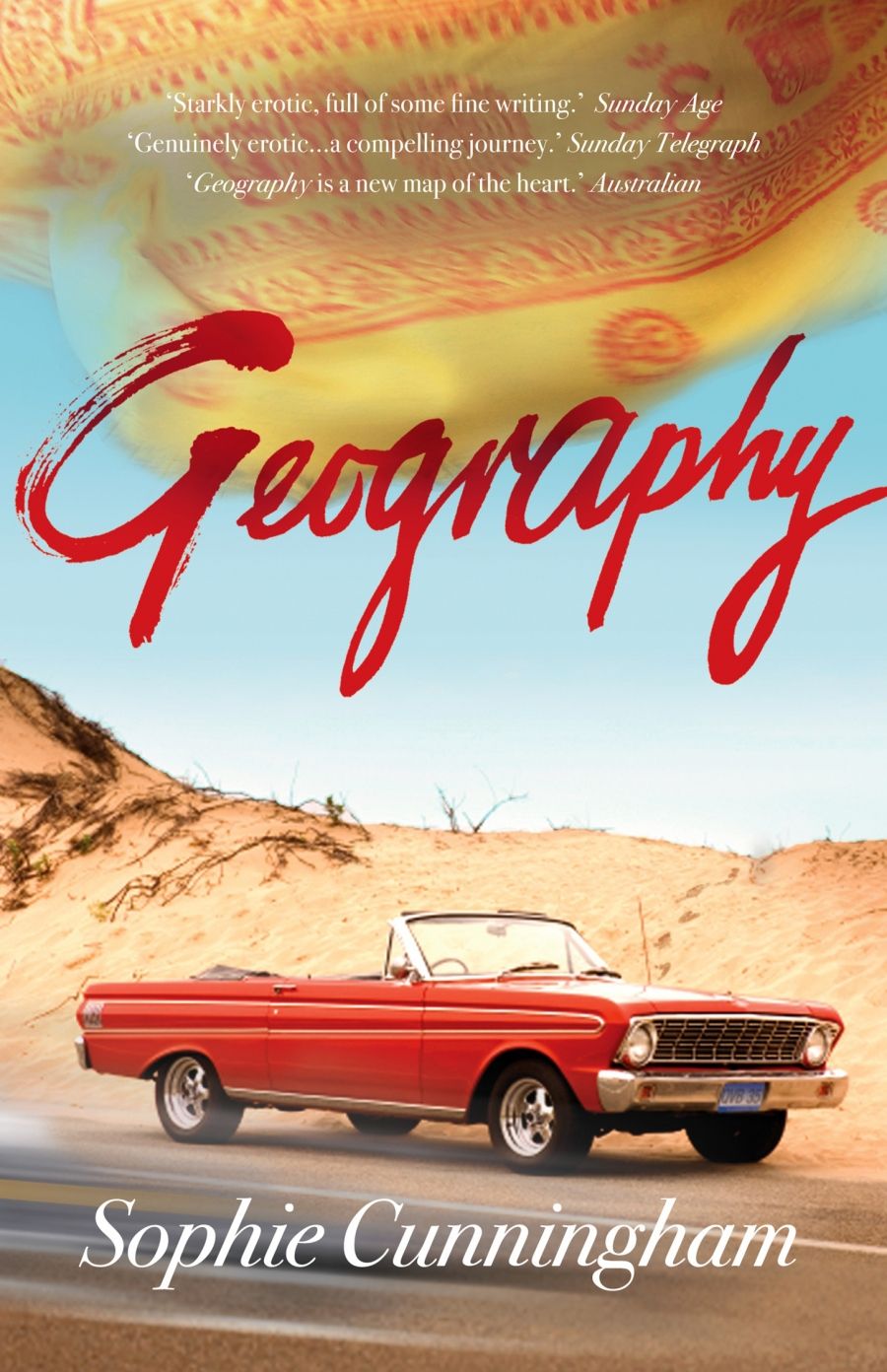
- Free Article: No
- Contents Category: Fiction
- Review Article: Yes
- Online Only: No
- Custom Highlight Text:
The first book of fiction is a little sub-genre with a number of readily recognisable features. It’s loosely structured and tends to be episodic, without much of a plot. It’s at least partly about love and sex, preferably of an obsessive or otherwise significant kind. And it’s at least partly autobiographical. If it’s already a bad book, then these things do tend to make it worse, but if it isn’t, then they don’t necessarily detract; it’s not a value judgement, just an observation.
- Book 1 Title: Geography
- Book 1 Biblio: Text Publishing, $25 pb, 208 pp
The first book of fiction is a little sub-genre with a number of readily recognisable features. It’s loosely structured and tends to be episodic, without much of a plot. It’s at least partly about love and sex, preferably of an obsessive or otherwise significant kind. And it’s at least partly autobiographical. If it’s already a bad book, then these things do tend to make it worse, but if it isn’t, then they don’t necessarily detract; it’s not a value judgement, just an observation.
Read more: Kerryn Goldsworthy reviews 'Geography' by Sophie Cunningham
Write comment (0 Comments)

